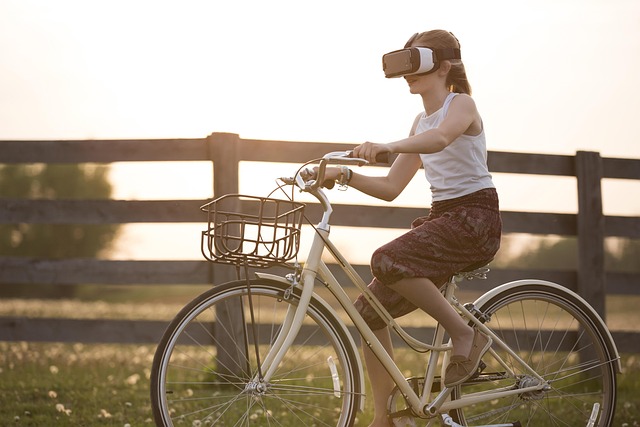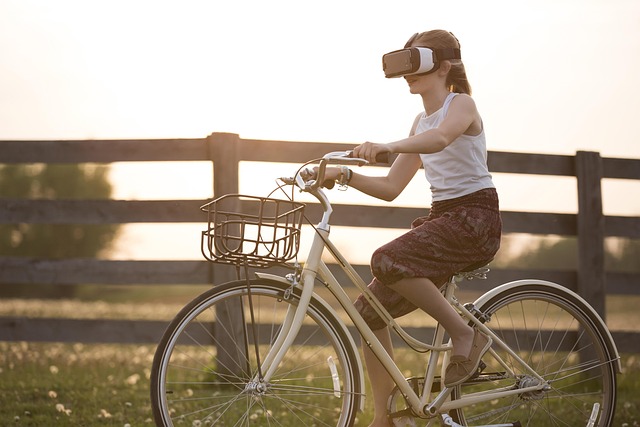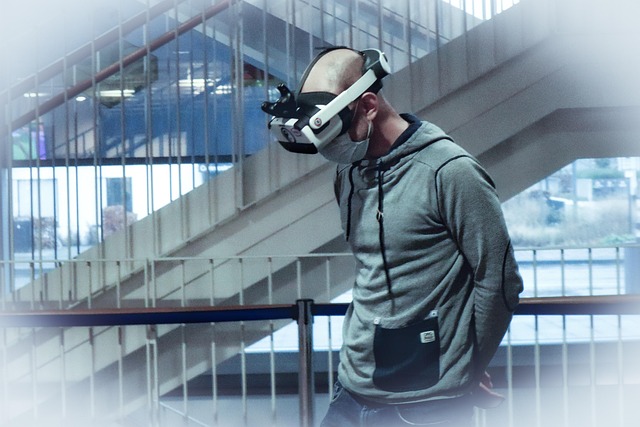As technology continues to evolve, the realms of Virtual Reality (VR), Augmented Reality (AR), and the Metaverse are rapidly expanding. One of the most fascinating aspects of these immersive environments is the concept of virtual lighting. It’s not just a technical detail; it’s a crucial element that shapes our experiences and interactions within these digital landscapes.
In VR, lighting can create a profound sense of presence. Picture yourself in a virtual world where the soft glow of the sun filters through the leaves of a digital forest, or the flickering shadows of a campfire dance on your avatar’s face. This is not mere decoration; it’s an emotional trigger that enhances our connection to the environment. The way light behaves—its intensity, color, and direction—can evoke feelings of warmth, mystery, or suspense. When crafted skillfully, virtual lighting transforms a static scenario into a dynamic experience, making users feel truly immersed.
Similarly, in AR, the augmentation of our reality is heavily influenced by lighting. As virtual objects are projected into our real-world surroundings, their integration relies on how well they interact with the ambient light. A virtual chair must not only be placed accurately in a room but should also cast shadows and have highlights that respond to the actual light sources around it. When this is done effectively, users can seamlessly engage with these digital elements as if they were physically present. The right virtual lighting can blur the lines between the physical and digital, creating a cohesive and believable experience.
Now, let’s step into the Metaverse—a collective virtual space that draws upon VR, AR, and even other digital realities. Here, virtual lighting takes on a new role. It not only impacts individual experiences but also influences social interactions within this vast digital frontier. Imagine a bustling virtual marketplace where the neon lights reflect the vibrant expressions of the environment. The lighting sets the stage for social dynamics, impacting everything from mood to conversations. A well-lit environment can encourage socialization, while a dimly lit one might create an atmosphere of intimacy or mystery.
However, achieving the perfect lighting in these environments is not without challenges. Developers must consider the interplay of light and shadow, the color temperature, and even user-controlled variables. Innovations in virtual lighting technologies are continually emerging, allowing for real-time adjustments that respond to user actions and environmental conditions. This adaptability helps to create an experience that feels personal and unique, enhancing user engagement.
The emotional impact of lighting is not just about aesthetics; it’s about enhancing interactions and connections in these virtual spaces. As we forge deeper into the worlds of VR, AR, and the Metaverse, the significance of virtual lighting will continue to grow. Its ability to evoke feelings, influence behavior, and shape experiences will be instrumental in defining how we interact with technology and each other in the future.
As we navigate these ever-expanding digital realms, understanding and leveraging the power of virtual lighting will be essential. It’s a tool that can empower creators and developers to craft more engaging, immersive experiences that resonate on an emotional level. With every advancement, we move closer to creating vibrant, interactive worlds where users feel not just present but connected.




